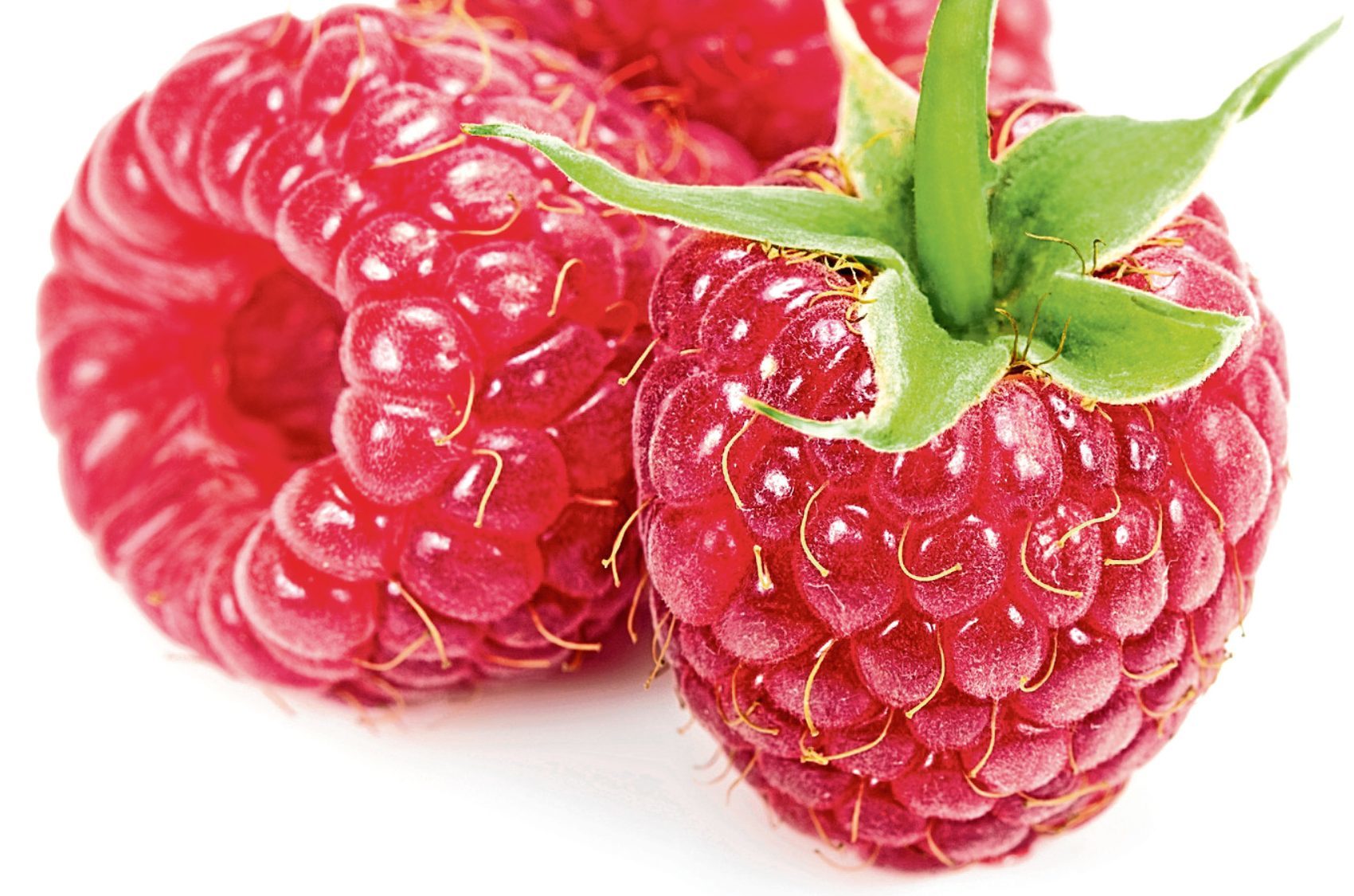
WIMBLEDON always whets the appetite for summer strawberries.
However, as tasty as they are, there’s one berry I favour above all else — raspberries.
These delicious treats never taste better than when they are picked fresh from the bush and eaten instantly.
And they don’t just taste great — they’re good for you too.
Raspberries are said to contain more vitamin C than oranges.
They are also high in fibre, and contain folic acid, potassium, vitamin A and calcium.
It’s thought that people have been eating raspberries since prehistoric times.
However, the fruit wasn’t cultivated in Britain and France until about the 1600s.
The fruit is at its optimum temperature, having been warmed slightly by the sun, while its little pockets of flesh are just waiting to explode.
However, there are some pests to be wary of if you fancy growing your own.
Anyone who has picked raspberries before will know the sheer horror of discovering a sickly white grub wriggling around inside the cavity of the fruit.
This writhing beastie is the offspring of the raspberry beetle (Byturus tomentosus).
The adult beetle is around 4mm long, pale brown and covered in short hairs.
The grubs are slightly longer at 8mm and have a creamy-white body with pale-brown marks on the back, a brown head and three pairs of legs. Lovely, eh?
Larvae aren’t known for their good looks.
However, this particular grub gets my vote as the most disgusting, given it invades something as delicious as a raspberry.
Adult beetles emerge from the soil from April to June and take to the air to feed on the flowers of the rose family.
They then move on to soft fruit, laying their eggs in the flowers of raspberries, blackberries and other cane fruits.
The grubs emerge as the raspberries are forming and quickly start to eat them before moving onto the plug on the inside of the fruit.
This is why they are often found wriggling about inside raspberries when you pick them.
Once fully grown, they drop off into the soil, burrow below ground and pupate.
Then they’re ready to emerge as fully-formed beetles next summer.
The grubs produce characteristic dried-out and blackened areas near the plug in the centre of the raspberry where they have eaten some of the developing fruit.
If you spot grubs on the surface of the berries, you can spray them with a contact insecticide based on pyrethrum.
However, if you prefer not to use chemicals on your fruit, then you may want to try one of the raspberry beetle traps on the market.
These traps use various methods such as white-coloured parts (to resemble the flower) and an “attractant” that imitates the smell of the raspberry flower.
The beetles are said to find the smell irresistible and crawl inside the trap where they fall into a funnel or some other device that kills or collects them.
Personally, I tend to accept that a few raspberries will contain the beetle larvae every year.
Therefore, my only line of defence is to check the fruit as I’m picking it.
If the fruit is still good, I wash it out to remove those annoying grubs.
If the fruit has been ruined, I squish the grubs and leave the ruined fruit for the birds to eat.
My hope is always that the birds accept my offering in return for leaving the good fruit alone.
READ MORE
Berry sales in the UK are being boosted by consumer demand for healthy products
Gardeners urged to help prevent decline in bee population

Enjoy the convenience of having The Sunday Post delivered as a digital ePaper straight to your smartphone, tablet or computer.
Subscribe for only £5.49 a month and enjoy all the benefits of the printed paper as a digital replica.
Subscribe